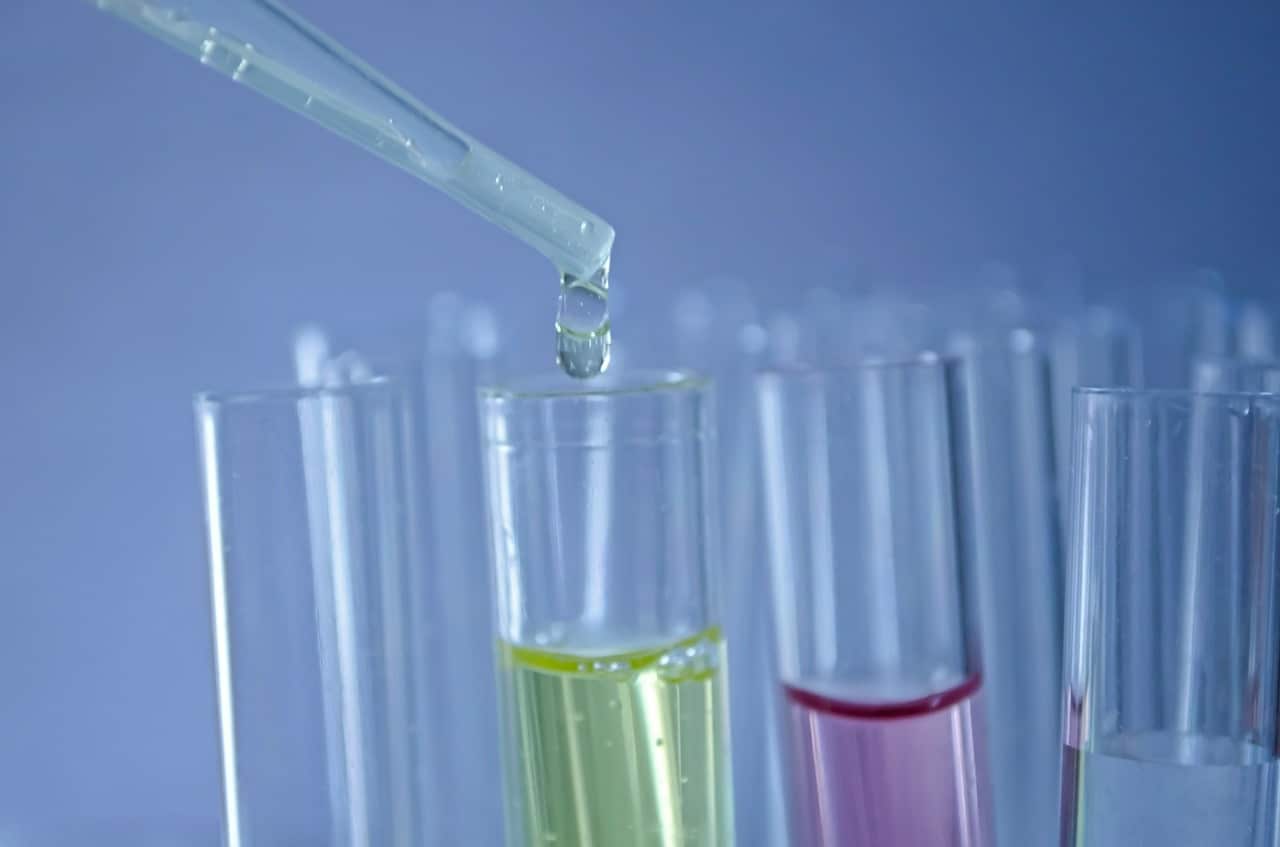With the increased illegal consumption of addictive drugs, more people are getting inclined toward workplace drug testing. So what is it all about?
Employers often need to be sure if any of their employees have taken any illegal drugs like Cocaine, Crack Cocaine, Ecstasy, Hallucinogens, Heroin, Inhalants, Marijuana, Meth, or Synthetic Marijuana. This calls for the workplace drug test (sometimes called employment drug test)
In This Article
Why Do You Need Such a Test?
Taking the above drugs can diminish the performance of an employee at a mild to a serious level. Here are some of the problems that a worker might experience after they have taken any of the above drugs.
- Slowed or slurred speech
- Panic
- Agitation
- Delirium
- Paranoia
- Changes in blood pressure or heart rhythm
- Nausea
- Difficulty breathing
Standards for Drug Tests
There are federal and forensic standards of drug tests.
DOT Drug Test: These tests are conducted by the government. To be more specific, it is the job of the Department of Transportation (contracted as DOT). To ensure an alcohol-free transportation industry, the U.S. Congress passed the Omnibus Transportation Employee Testing Act in 1991.
DFWP Drug Test: The Drug-Free Workplace Program became operational with a view to preventing the employees from using illegal drugs on or off duty.
Different Types of Drug Tests
Drug testing in the workplace has several methods available around the world. Among them, six methods are widely used:
Urine Screens: this is the most reliable and most commonly applied type of drug testing around the world. Most of the employees need this test, taken on-site, at a lab.
Saliva-Based Drug Test: This method is applied for a quicker result. Using a mouth swab to collect saliva, this method can detect alcohol, cocaine, marijuana, methamphetamine, and amphetamine used by the person within the past few days.
Blood Test: This method can produce the most accurate result because whatever drug is consumed, it is contained in the blood for a long period of time. Different drugs leave traces in the blood for different periods. Alcohol, for example, can be detected within at best 24 hours, while THC, the active ingredient in marijuana, can be detected even after weeks.
Hair Follicle Drug Test: This non-invasive test is easy to do. But the negative side of it is that it does not detect recent drug use. Rather it reports historical drug use, i.e., from four or five days up to ninety days. You can use this test to detect marijuana, cocaine, methamphetamine, opiates, and phencyclidine (PCP).
Perspiration Drug Detection Test: There are many advantages of the perspiration drug detection test. The first and most important of all is the longer testing window (1-14 days), which helps in detecting the most common drugs like cocaine, marijuana, LSD, methamphetamines, and heroin. Other pros are:
1. Generally, no urine collection is needed as long as the result is negative.
2. Improved accuracy
3. Superior results
4. No undetected substitution, dilution, or adulteration
Breathalyzer Testing: Generally called breath alcohol test, this one is the easiest method for the subject who needs to be tested.
When to Test?
There are some situations that call for a workplace drug test. Employers may find one or more of the following times to do such tests for their employees.
Pre-employment test: This is one of the most preferable times to get the candidates to take one of the tests. In most of the states, pre-employment drug tests are generally allowed, while some of the states have imposed an additional condition that the applicants must be notified in advance.
Yet another state, Connecticut, considered some more conditions like the tests must be authorized under federal law.
Randomly: This is an undefined requirement of testing, generally decided by the authority of a company or organization.
Post-accident: This is becoming a regular test. Whenever any connection of drug is found to any of the accidents (sometimes it may even be a miscarriage), it is conducted.
When observable behaviors trigger reasonable suspicion.
What are the Pros and Cons?
To weigh the pros and cons, you need to consider some of the dominant factors based on which we’d proceed. The factors are:
Risk mitigation: This is the most important factor to consider. Why do people go for drug tests? To keep down the risk. The more the risk is, the less the chance is left to opt for the other factors.
Cost: It depends on the drugs involved and the type of the test. On average, a single test may cost from $10 to $30.
Candidate experience: Those who are kind of professional drug addicts and have been taking drugs for a long time can be easily detected with almost any of the above methods. Problems arise with those who don’t take drugs regularly or take ‘careful’ amounts of drugs. In some cases (less than 5%), traces of drugs in their blood, sweat, saliva, or hair are faint and vague enough to go unseen.
Speed: As already mentioned above, the saliva-based drug test is the fastest and the most popular one. A blood test produces the most reliable result, and it is neither fast nor slow.
The Pros:
The biggest benefit of workplace drug testing is that it can help eliminate addicts and other people with drug problems that may affect their job performance. Individuals who are struggling with drug addiction, as well as other substance-related issues, are expected to be quite less active and more troublesome for the company.
Another significant problem is injuries and accidents at work, particularly for occupations requiring things like transporting and running heavy equipment. Drug abuse will raise the probability that an individual may be involved in a car accident and cause injuries or potentially even death to himself and other staff.
There is a huge amount of money that has to be paid out by the employer in terms of the workers’ compensation and, in some cases, legal settlements when people are injured on the job.
Another huge benefit for employers is that they can lower insurance and liability costs just by implementing a drug-testing program. Insurance companies will often offer lower rates to employers.
The Cons:
One of the biggest problems with drug testing is that it is highly invasive of employees’ privacy. Drug testing involves urinating into a cup, often while someone is observing you, and you often have to disclose certain medical conditions and legal prescription drugs you are taking in order to prevent false positives. There also have been cases where employers have taken information from these urinalysis tests outside of just drugs like screening female employees for pregnancy in order to discriminate against them based on their medical status.
Another negative side of drug testing is that employers get likely to lose out on high-quality candidates. This is especially true for the companies who test for marijuana in places where it is legal either recreationally or medically. Many potential employees may choose to avoid working at these places because they enjoy taking legal marijuana or they need the medical benefits of it. Moreover, using marijuana in their off time has no effect on their ability to do their job. Most people who consume marijuana are not addicted and do not use it enough for it to be a substantial problem that would affect their ability to perform a job.
Another con of drug tests is that they may lead to dismissing employees or denying employment offers to people who are not even using drugs. No drug test is 100% accurate, and even a very small inaccuracy can affect many thousands and even millions of employees. This can have a huge negative effect on both the individual who loses their jobs and the employer who may be losing qualified employees who have done nothing wrong.
Employees have to stay out of work for a long time in order to perform the test, sometimes even for a day or two. This means that the employer is losing out on productive working hours.
Another drawback to drug testing employees is simply the cost. The cost for testing drugs varies, but it tends to average around $40 per test. While it sounds small, testing every single employee and testing all of them on an annual basis become significantly costly.
For every good thing, there are their bad sides. For the drug test especially, it is seemingly getting to be kind of a craze— a mass obsession that often has little requirement or applicability.
Ultimately, drug testing is something where there is a lack of objective knowledge in order to determine exactly what its benefits are. It’s very hard to tell what the effects are of drug testing on the bottom line of companies as much of their financial data is not public. While there are some benefits that are fairly clear, like lower insurance premiums, others are more convoluted. It is also very hard to piece out what comes from drug testing and what comes from other policy changes. With employers put in place drug testing procedures, they often make other changes to their employee policies at the same time.











